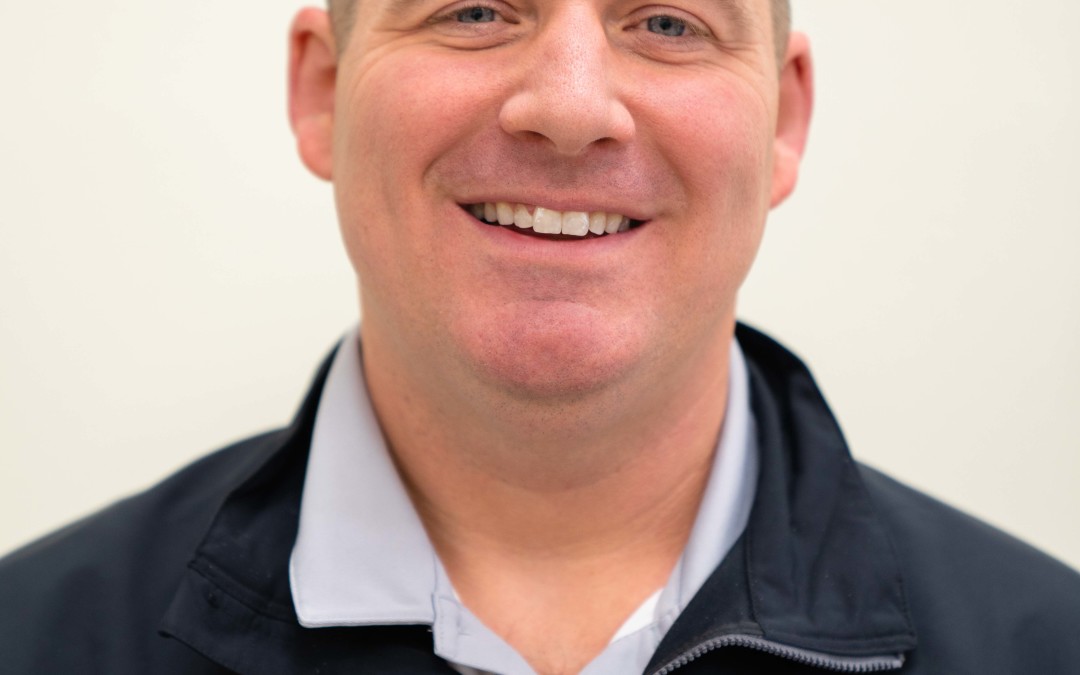Many property owners are deeply fearful of termites, which is understandable considering that termite pests inflict more than five billion dollars in structural damages annually in the US alone. Subterranean termite pests are responsible for more than 80 percent of all termite-related property damage reported in the US each year, and their underground colonies can grow to contain as many as two million individuals. The eastern subterranean termite (Reticulitermes flavipes) is the most widespread, destructive and economically significant termite pest in the country, and it’s the only termite species that infests woodwork within homes and buildings in Boston.
Subterranean termite workers secretly initiate and maintain infestations within structural wood where they can remain well hidden from property owners for years. Since there’s no easy way to detect a termite infestation within structural wood, all homes and buildings should be regularly and thoroughly inspected for subterranean termites on a regular basis. According to the US Department of Agriculture’s relative hazard map for termite pests, the entire state of Massachusetts is located within the “moderate to heavy” termite activity zone, which means that timber-framed structures in the state should undergo a professional termite inspection once per year.
Since subterranean termite workers infest homes from the ground up, it is extremely important for pest control professionals to evaluate every substructural wood component within basements and crawl spaces during termite inspections. Pest control professionals operating in Boston encounter a variety of different basement and foundation construction styles due to the prevalence of both new homes and homes built over a century ago in the city. For example, basements in old homes are not typically finished, and they often have dirt floors and rubble foundation walls. While these basements are conducive to moisture buildup that attracts thirsty subterranean termites, substructural wood components in old basements are not hidden from view by decorative wall and ceiling panels, which allows pest control professionals to carry out comprehensive inspections. In finished basements, however, wall and ceiling panels usually cover important substructural wood components that pest control professionals cannot possibly inspect for termite damage. These important substructural wood components include sill plates, headers, and joists. Wall and ceiling panels in finished basements also cover cracks, crevices and other entry points on foundation walls that subterranean termite workers can exploit to access substructural wood. It is important for pest control professionals to make notes of these potential entry points on wood-destroying organism inspection reports.
Have you had your home inspected for termites within the past year?

